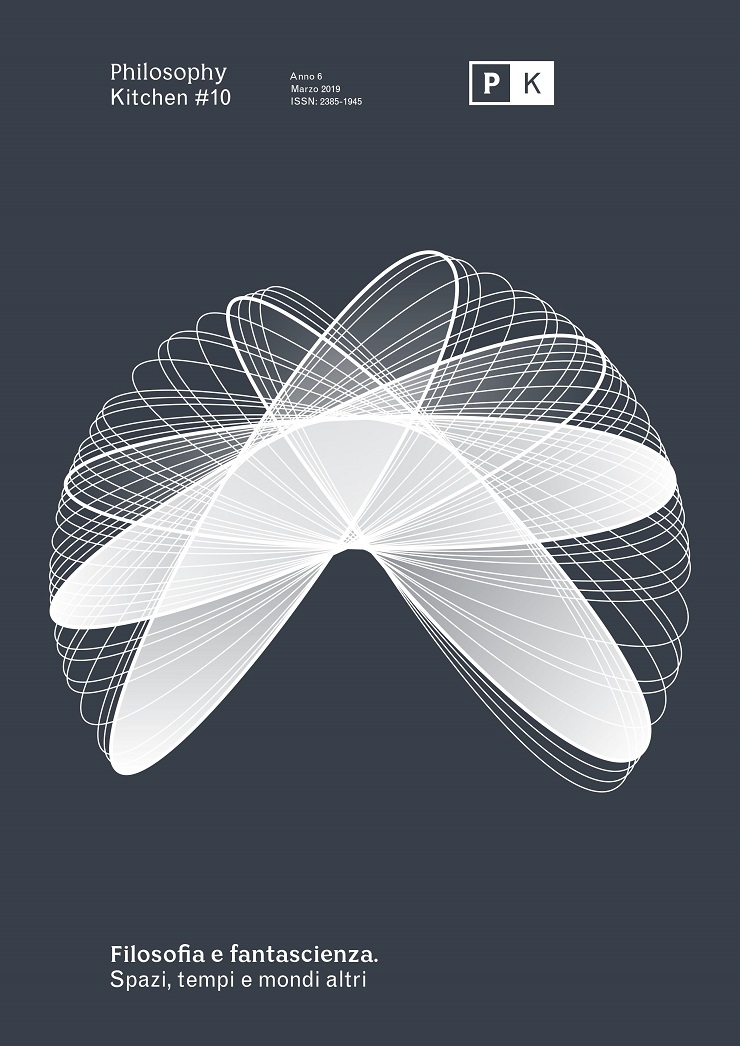Worlds within Worlds. Heterotopias and Hyper-Objects in Kim Stanley Robinson's Narrative
DOI:
https://doi.org/10.13135/2385-1945/4081Abstract
This paper intends to position the work of Kim Stanley Robinson in a philosophical tradition that combines ecologism and science fiction, specifically in relation to the concepts of “heterotopia” and “hyperobjects”. The first half of this essay retraces the history of this tradition, moving from Foucault and back to the 19th century sources of the concept of heterotopia/heterotopy, through the utopian ecologism of the 1960s and up to the rediscover of the idea of future among the accelerationist and Speculative Realist movements. It also introduces the idea of hyperobject as formulated by Timothy Morton. The second part of the essay focuses on the literary figure of Kim Stanley Robinson, placing his work in the context of the postmodern novel and the contemporary science fiction landscape, outlining the connections between his work and the work of other ecologically engaged authors and its importance in an age of global warming. Finally, it discusses the presence of both heterotopias and hyperobjects in three of Robinson’s major works, the Mars Trilogy, Aurora and New York 2140.






